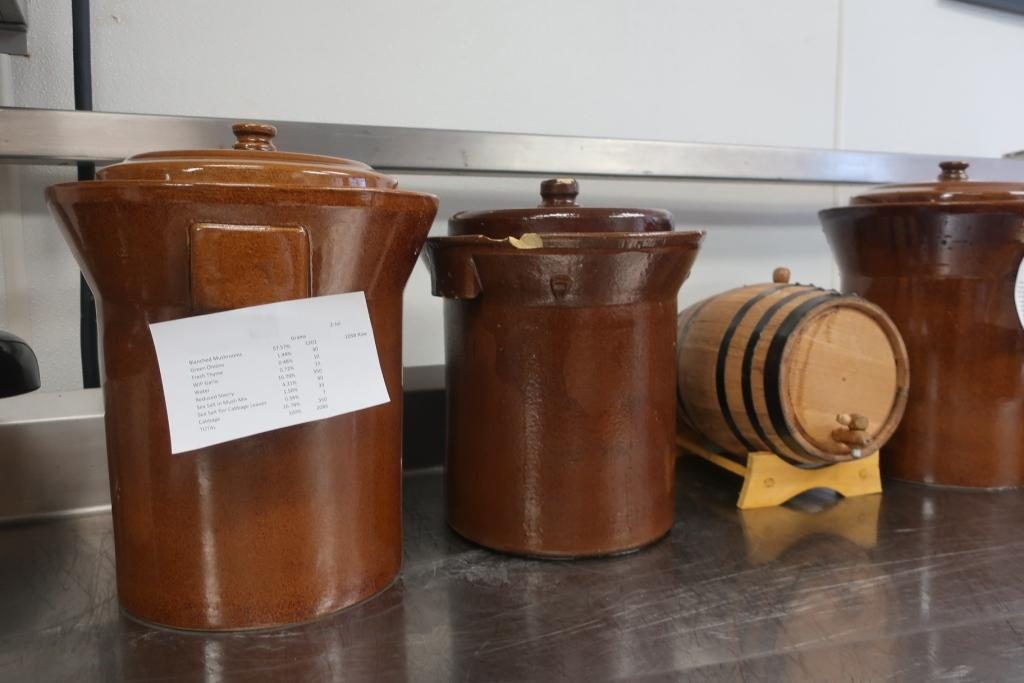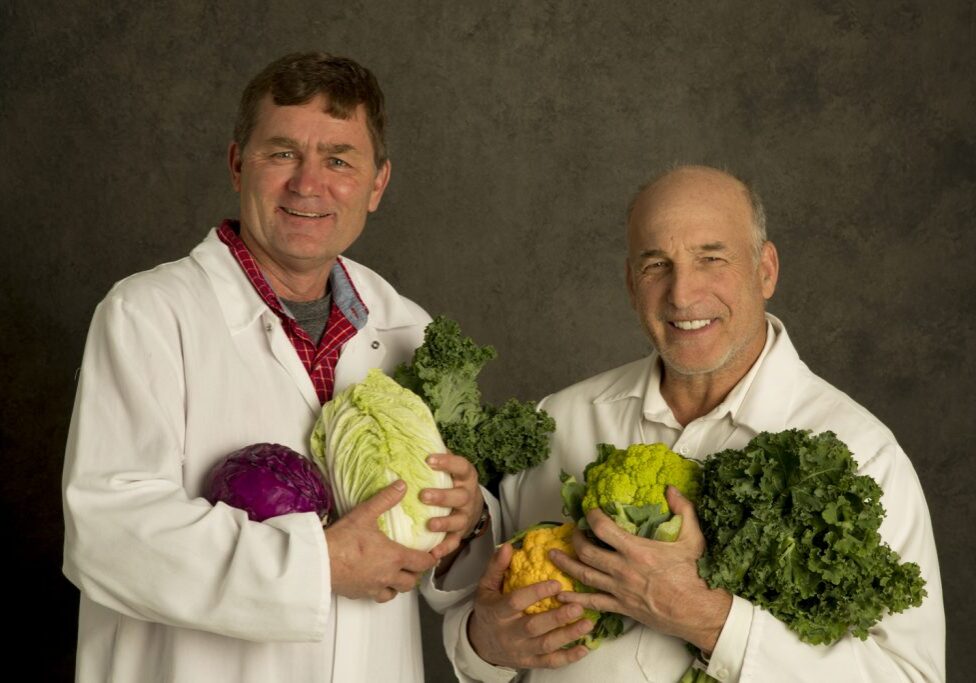Wildbrine Founders Chris and Rick Reveal Their Secrets
When we launched wildbrine back in 2011, we made just two products: Arame & Ginger Sauerkraut and Garlic & Dill Sauerkraut. Eight years later, our offerings have expanded to include eight sauerkrauts, three kimchis, two salsas, and two srirachas. In case you’ve lost count (we almost did), that’s 15 wildly different products, and we’ve got even more good stuff in the works.
Now, you might reasonably ask the following questions:
- Are you guys crazy or something?
- Where do you get your inspiration for new products, and how do you turn your wacky ideas into reality?
We can’t answer the first question without incriminating ourselves, but we can definitely help you out with the second one.
It all begins in the kitchen. We’re food people, and we express our creativity through cooking. There’s nothing we love more than getting into the kitchen and experimenting with new recipes—at home and at work. We’re constantly pushing ourselves — and each other — to create something unique and delicious. That’s what excites us about this business.
In coming up with new products, we usually start by asking ourselves what we do really well (hint: the answer is usually “fermentation”), then think about other food categories to which we can apply that concept to create something innovative. That’s how our fermented probiotic salsas and srirachas came to be.
To understand our product development process, it helps to know the setup of our “office.” It’s basically a commercial kitchen with two desks in the corner. So anytime we want to try something new, we’re only steps away from our knives, cutting boards and burners.
When one of us has an idea for a new product, the other will usually say, “You’re absolutely crazy, that’s not going to work!” And because of that, the one who came up with the idea will want to prove the other person wrong.
Being told you’re nuts is a great motivator.
At this point, the “idea” person will head into the kitchen and start experimenting, and the naysayer will come and assist. After days or even months of tweaking the recipe, we’ll end up with something we feel is worthy of sharing with our customers. Then we’ll figure out how to scale it up for commercial-size production. We typically go through five to eight versions—and sometimes as many as 50, if it’s something wholly new for us—before arriving at the final product.

How do we know when something we’re working on is finished? That’s a trick question, because being experimenters and perfectionists by nature, we never feel like we’re done fiddling. Despite our proclivities, we eventually force ourselves to stop—otherwise, we’d never get our products to market.
But there’s still time for a little more fiddling. Before launching a product into nationwide distribution, we’ll make samples to have key influencers try — like buyers at major retailers — in order to get their feedback. Once we hear back from our test group, we might tweak the recipe some more, because we always think we can do things better.
This humble attitude was born of multiple food failures. We still cringe when we think about the ill-fated mushroom-turmeric sauerkraut that never made it to market. Something about the mushrooms or the turmeric—or the combination of the two ingredients—just didn’t work, and the cabbage broke down into mush. Then there was the kimchi crisp debacle. The idea was to coat small Napa cabbage leaves in a kimchi puree and dehydrate them at a low temperature into chip-like snacks. The crisps were great right out of the dehydrator, but then the residual moisture in the leaves showed up to turn our crunchy chips into paste.
Fortunately, our customers in the specialty food trade understand that innovative experiments don’t always work. Sometimes you strike out and sometimes you hit a home run.
The key is to keep trying new things no matter how crazy they sound, and never stop having fun while you’re doing it.
